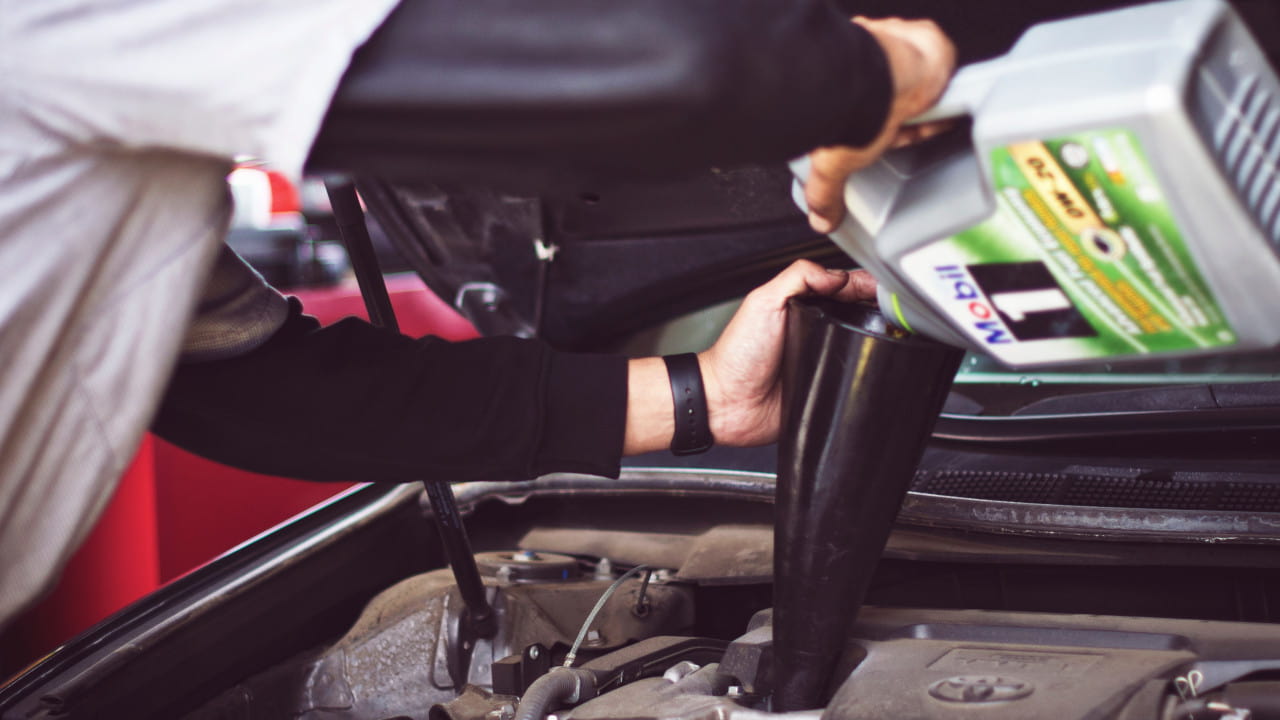Preparing to drive in winter:
Driving in winter can be challenging even for the most experienced of drivers, as you can be faced with a whole host of different weather conditions in the winter months. But, there are definitely things you can do to make the experience easier and safer.
These things cover everything from maintaining and checking various bits on the vehicle you are driving, but also tips for when you are actually on the road and driving in these conditions.
Getting your vehicle ready
In terms of preparations, there are multiple checks to be done on the vehicle, including with the battery, filling up on fuel and other fluid levels, and checking the tyres, to name just a couple.
Tyres
In order to stay safe on the road, certain aspects of the tyres on your vehicle should be checked regularly; this will also ensure you are extending the life of your tyres as much as possible.
Serious accidents can occur if the tyres are not properly inflated or the tyre depth is below 1.6mm, making these two elements incredibly important to get checked.
Windscreen wipers and fluids
These see a lot of action in the winter. Make sure that the window wipers on your car remove water from your windscreen screen efficiently. They may need replacing if they are cracked or if they do not remove water in one wipe.
You will also be using your window washer fluid more regularly during the winter, so make sure you keep it topped up with a quality, degreasing window wash solution.
Battery
Batteries can sometimes find winter weather hard going, especially an ageing battery, but there are plenty of car battery tips you can follow during winter months.
If you find that the vehicle's engine is struggling to start on cold mornings, it may be time to get a service and get everything checked out.
Brakes
Checking the brakes and brake fluid levels is crucial. You will have reduced visibility in winter and with the roads likely to be slippery, you need to be able to rely on the vehicle's brakes.
Rear heated windows
If you have any heated windows in your vehicle, you probably have not had to use them during the summer months, so switch them on and just make sure they are still working correctly. It will be invaluable for helping to clear the screen quickly in winter.
Lights
You should regularly check that all the lights on the vehicle are in proper working order and if they are not, the bulbs should be replaced immediately.
Heating and air conditioning
A properly functioning heating system can help to keep the windows clear and free of mist, as well as keeping the driver and passengers comfortable in colder conditions. If the vehicle takes a while to produce warm air, the thermostat may need looking at.
Winter emergency pack
It is a good idea to keep a ‘winter emergency pack’ in your vehicle in case you do break down. This should include the following:
- Ice scraper and de-icer
- first aid kit
- Torch
- Warm clothes/blankets
- Jump leads
- Road atlas
- Sunglasses (to avoid road glare from snow during the day)
Fuel or charge your vehicle
The myriad of weather conditions you could face in winter can lead to accidents, congestion and road closures, so you should ensure you have fuelled up or charged your vehicle beforehand, especially if it is a long journey.
Not doing so could result in your vehicle breaking down. Driving on low fuel and eventually running out of fuel altogether can also lead to other damaging effects on parts of your vehicle like the engine and fuel pump. The same applies for hybrid and electric cars, so it is important to keep the battery charged to avoid damage and interference to your journey.
Keep the vehicle clean
Treat your vehicle to a nice wash and wax. Not only will this keep your car looking pristine, but it will protect the bodywork from the cold weather conditions and salt used to keep the roads ice-free.
The highway code also states that 'lights, indicators, and number plates must be kept clean and clear', so you should ensure your vehicle is clean from any dirt to avoid being stopped and fined.
Plan Your Journey
When tackling winter weather conditions, planning your route is a really important step to take. Although a detour around country lanes and backstreets may seem quicker and will help you avoid traffic, the road conditions are likely to be worse on these routes, so this should definitely be a consideration when planning your route.
You should give yourself extra time to get to your destination too, as you will most likely be driving slower and more cautiously, not to mention other drivers will be doing the same, so traffic should be expected.
Whilst you are driving, keeping updated with local news through the radio can be handy. This will keep you in the loop about road closures, accidents, and flooded or blocked routes, so you can adjust your journey if needed.
Visibility is Key
Whilst driving, one of the most essential things is your visibility on the road. This applies to dirt, snow, and ice on the windscreen as well as making sure your windscreen is not fogged up. Not only is this crucial for driving in winter months, but it is also a legal requirement that the windscreen and windows be free from any obstruction to your vision.
These are a few quick and easy steps you can follow to ensure your windscreen is clean and clear:
- Using your heater will help with icy or foggy windows. Some vehicles also have heated windscreens to automatically help with this, so if you have this feature, it is definitely worth using it.
- Use lukewarm water as opposed to boiling water when clearing up ice from your windscreen. Boiling water can do more harm than good.
- Keep sunglasses in your vehicle to combat any glare off snow and ice from the sun.
- Replenish your windscreen washer fluid regularly.
Drive Carefully
It may sound obvious, but driving carefully and cautiously is incredibly important in winter months. You are more likely to be faced with harsher weather conditions that can impact the roads and your safety.
Even though some vehicles may have features that are useful in these weathers, it is still critical to take caution whilst driving, no matter what vehicle you are driving.
The most useful tip when it comes to driving in the snow or ice is to not go too fast. You are likely to be putting yourself and others on the road in danger if you drive as fast as you normally might. You can avoid skidding when you pull off by very gently using the accelerator; some modern vehicles have winter driving modes that can be used to help too.
It is also essential to leave plenty of space between you and the vehicle in front of you, as your braking distance will be increased in adverse weather conditions.
Make sure you are prepared for winter
Before driving in winter weather, it is so crucial to prepare the vehicle and plan your route. A lot of the tips that will make driving in these conditions easier are tips that involve preparing beforehand rather than when you are physically driving the vehicle, as preparation really is key in these situations.
By following these tips, you should be prepared for many of the weather conditions you could be faced with in the winter months.
If you would like additional information or support, get in contact, and we will be happy to help.








